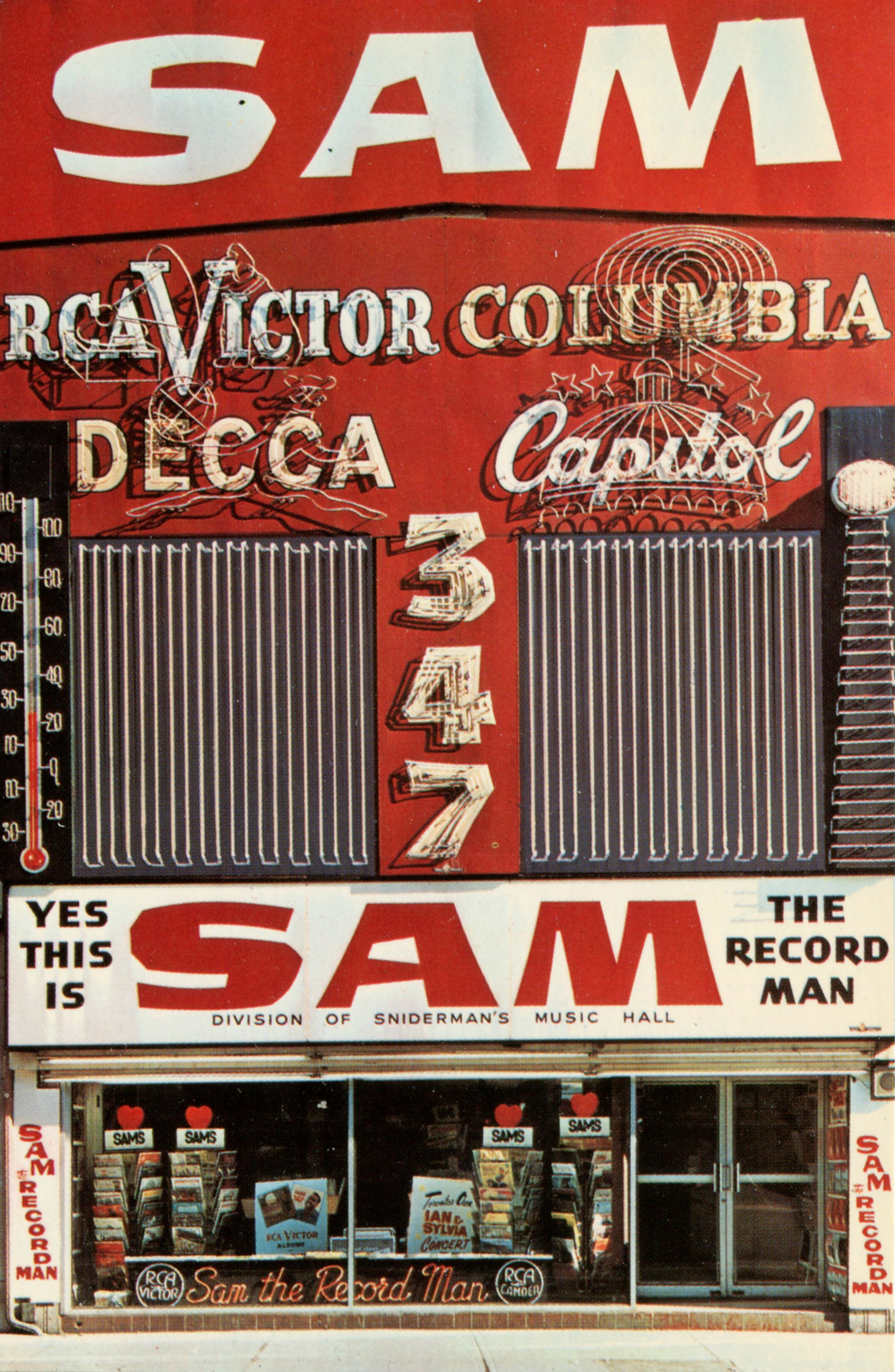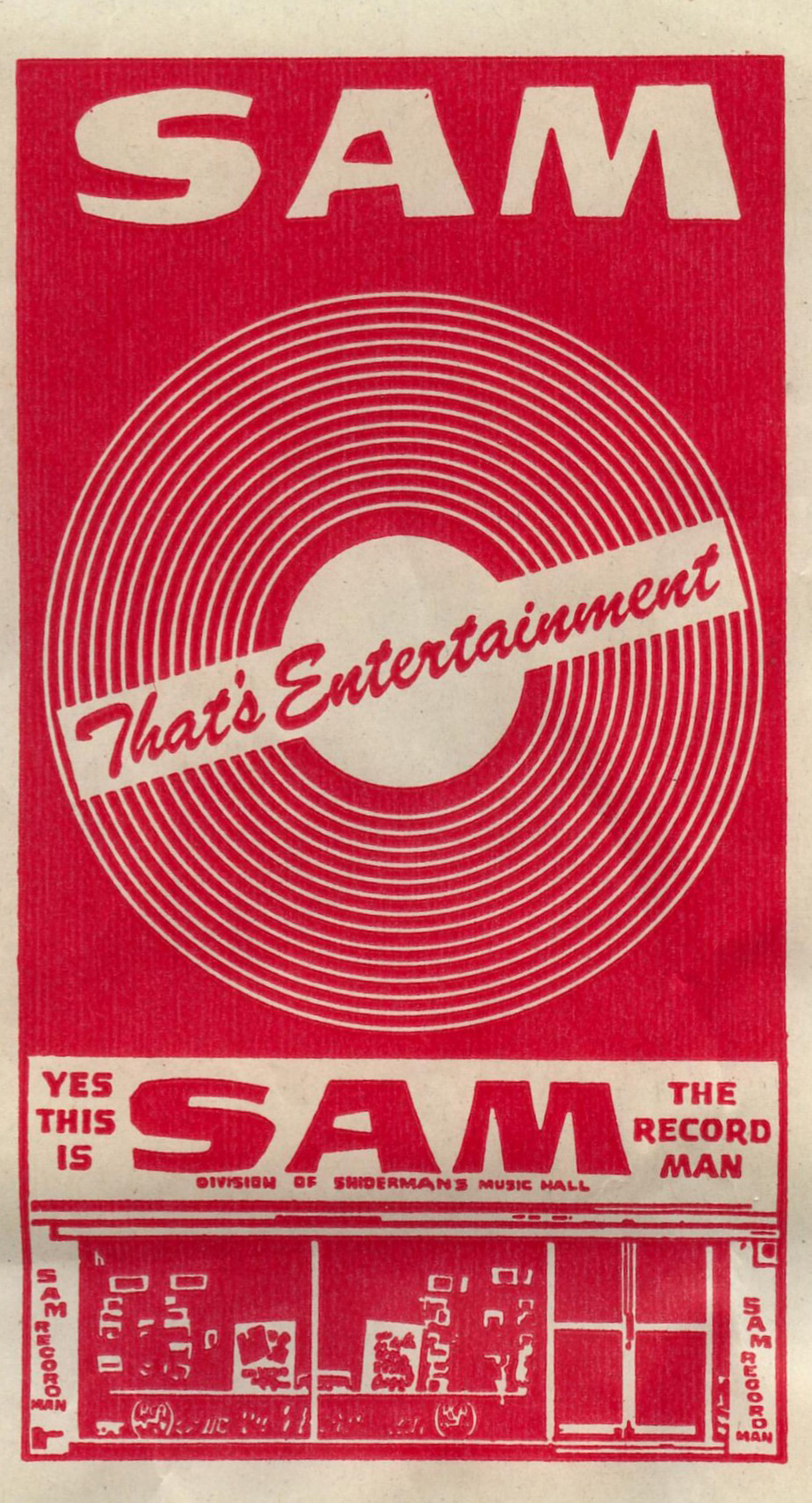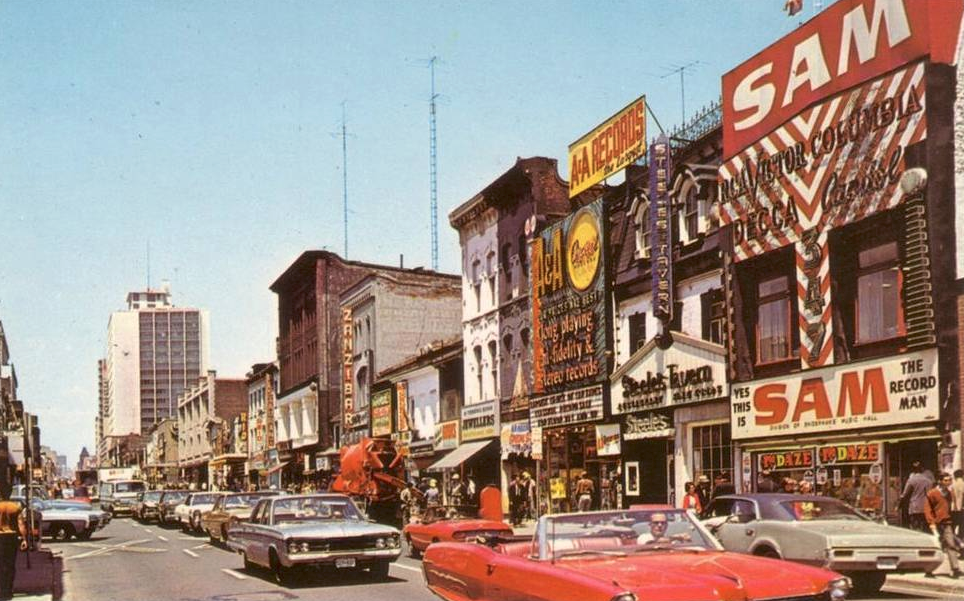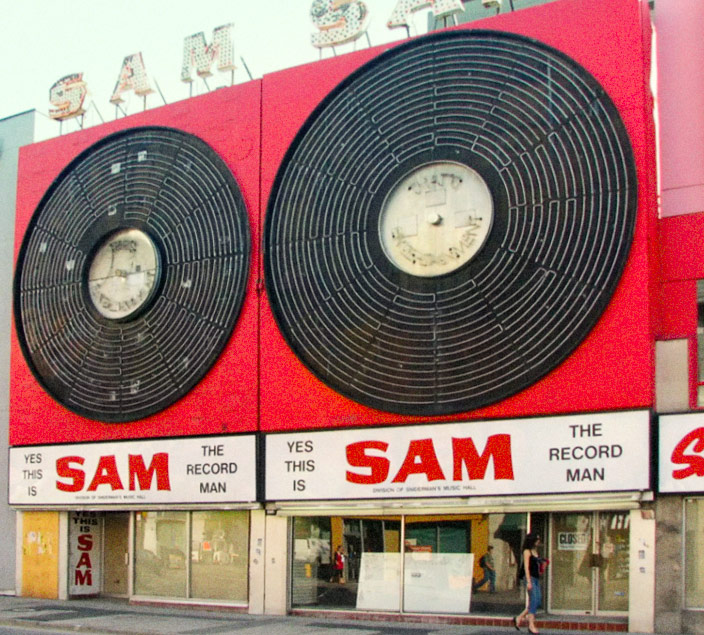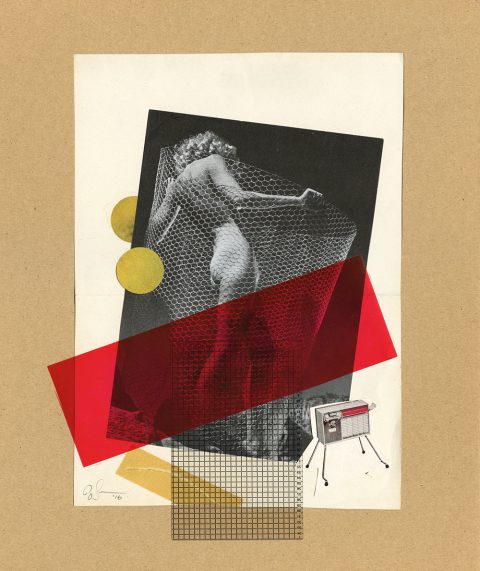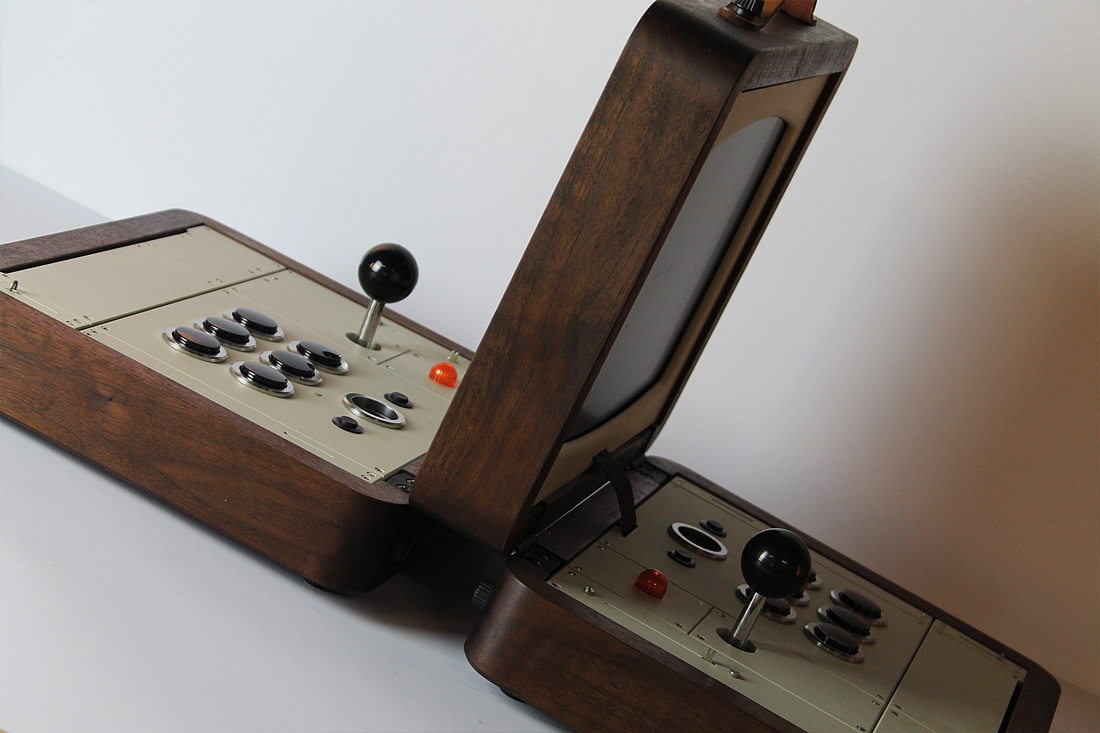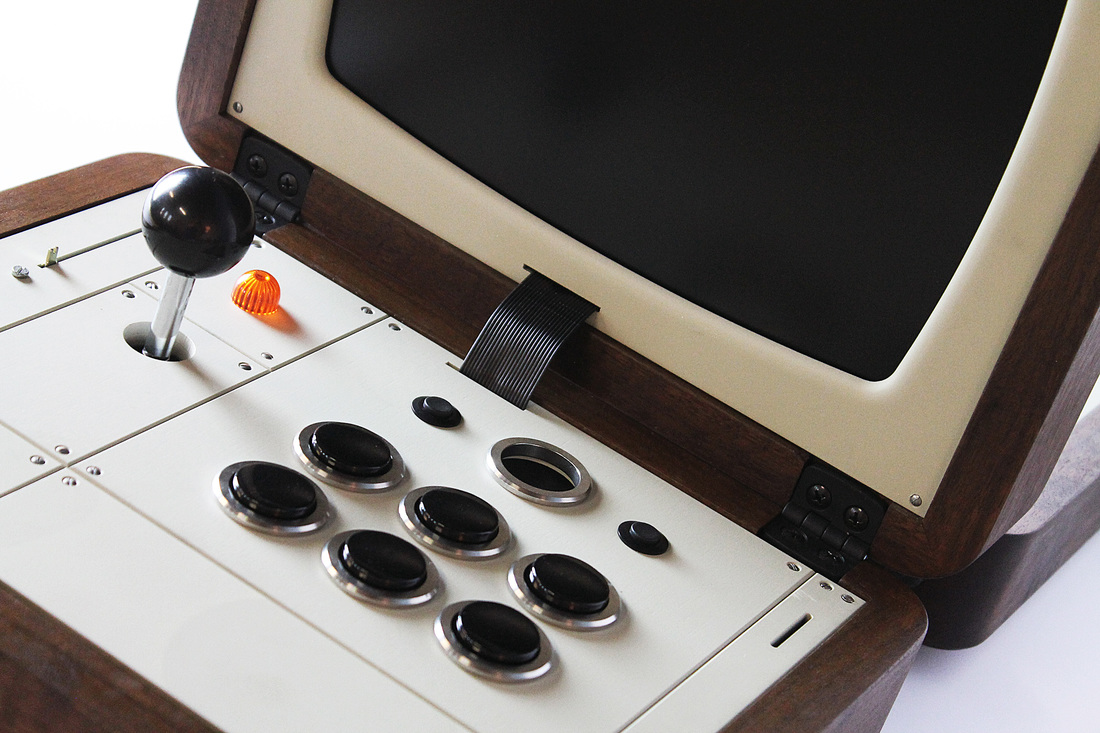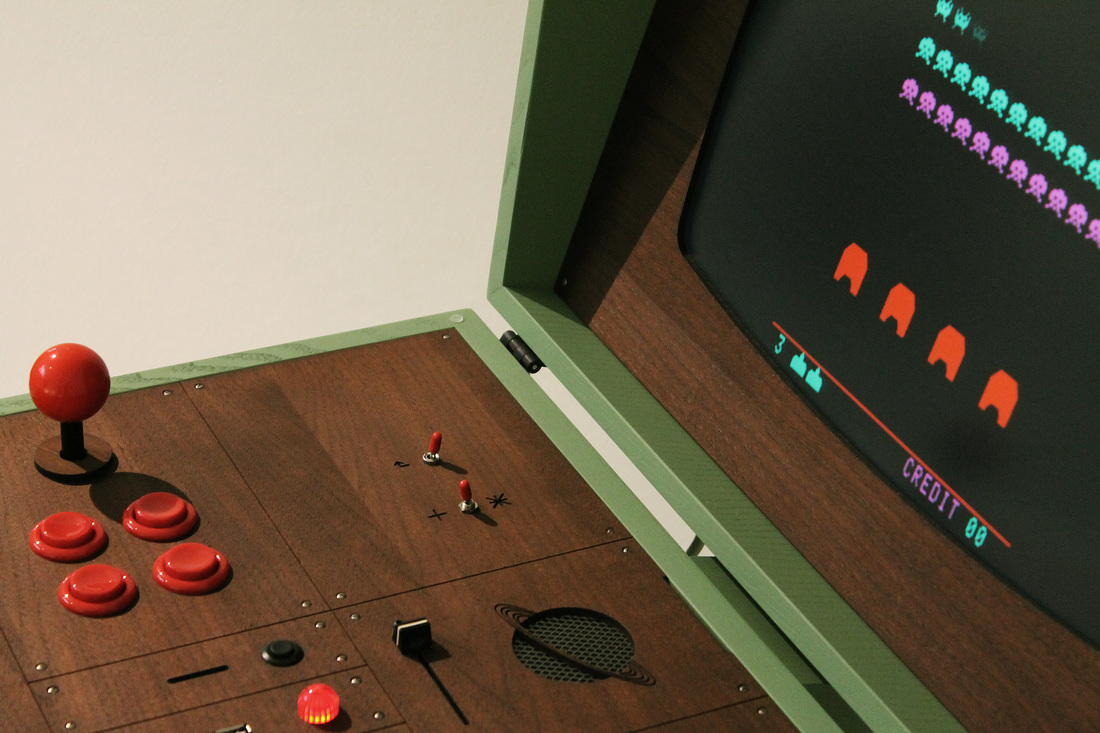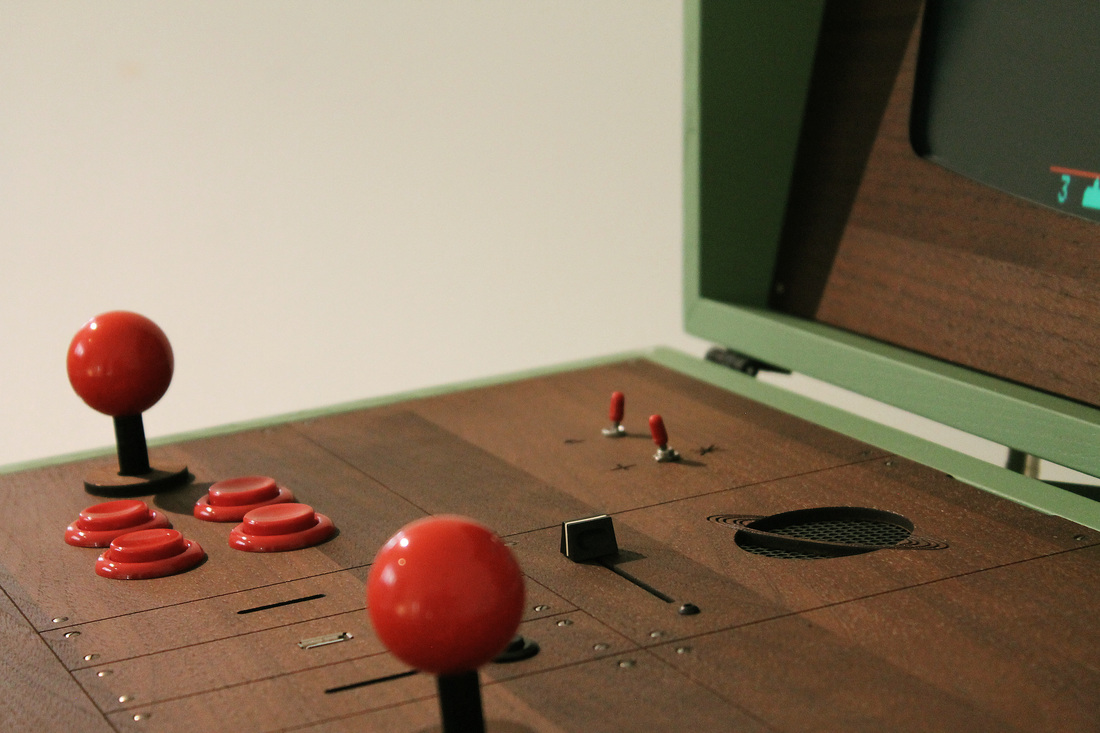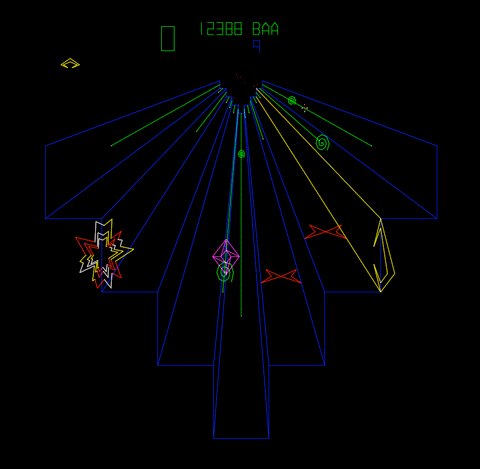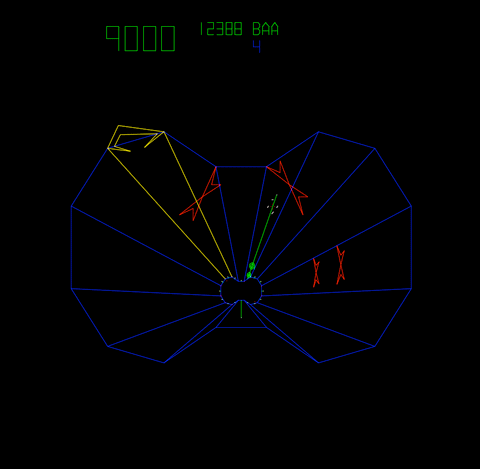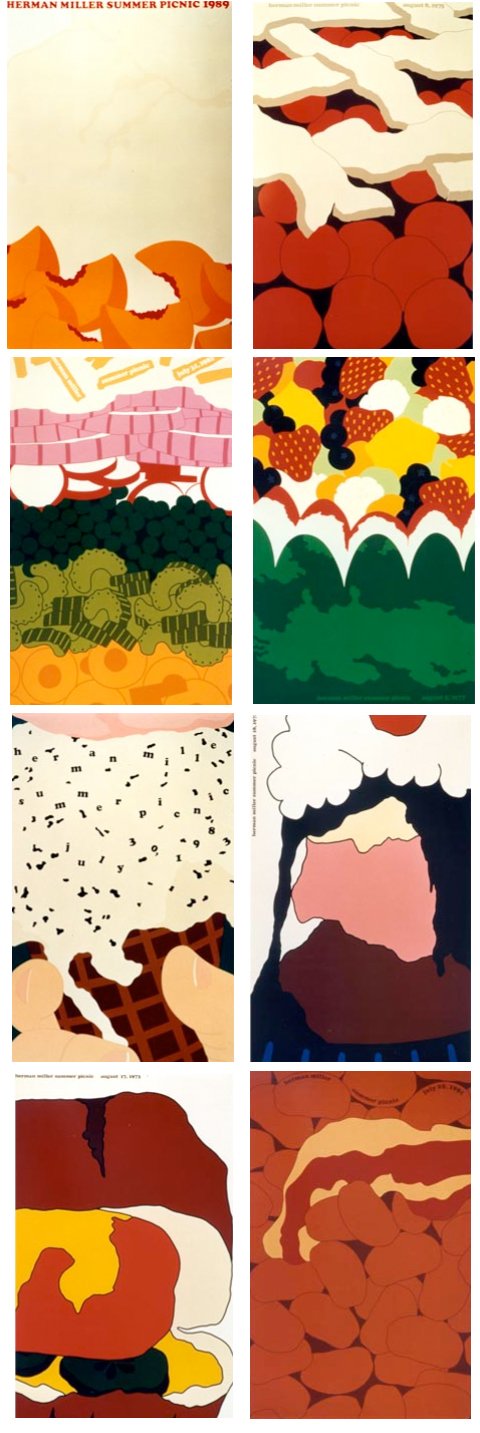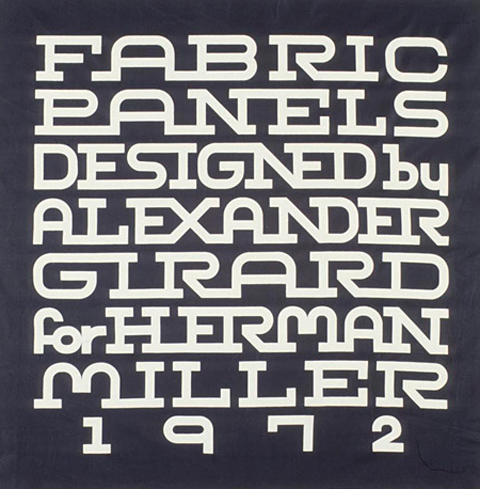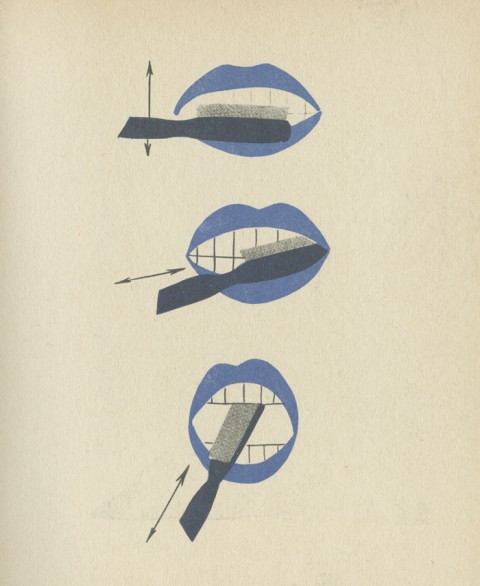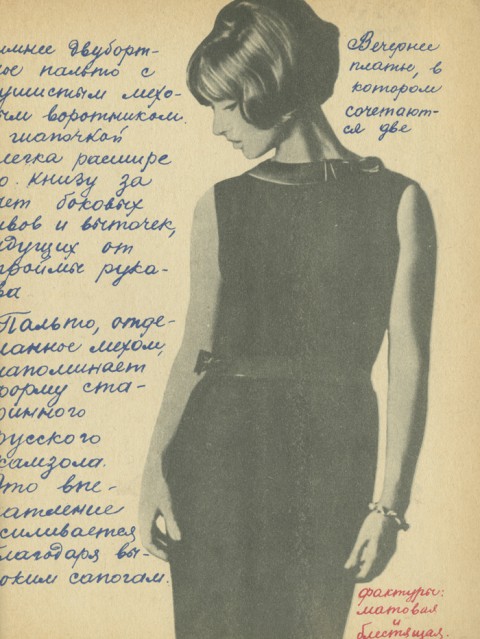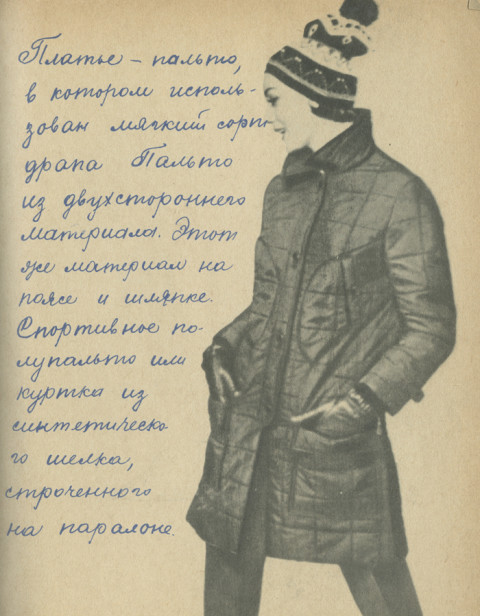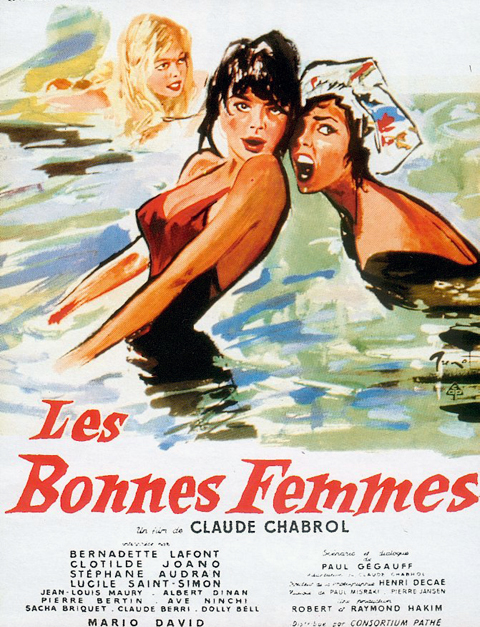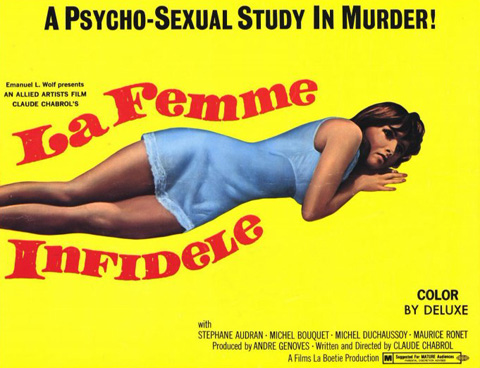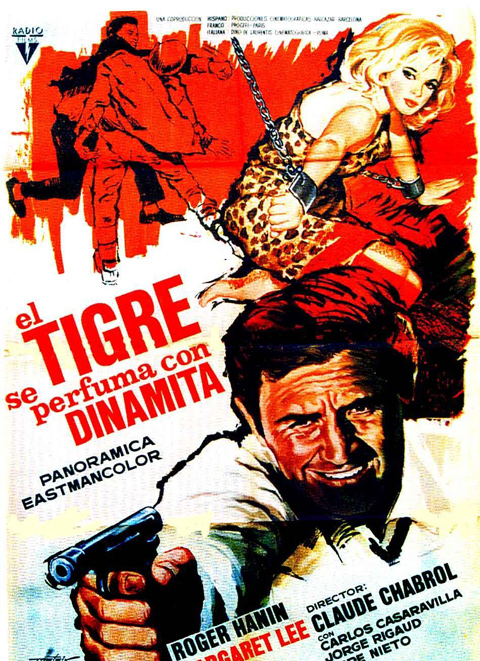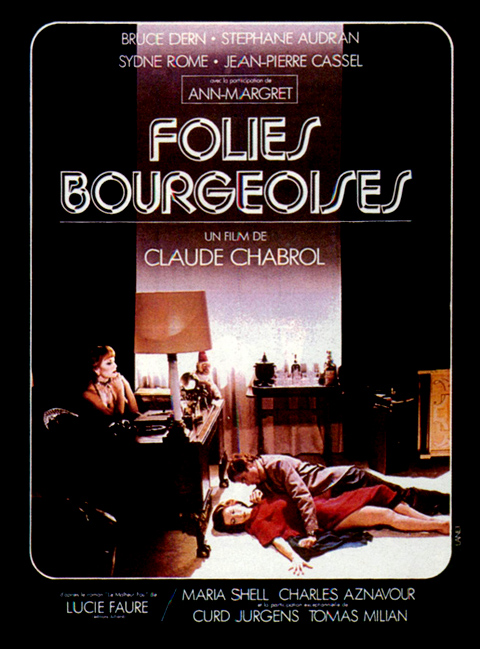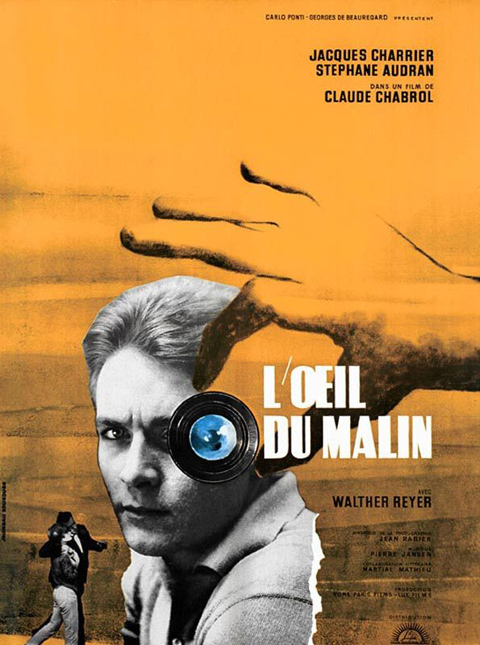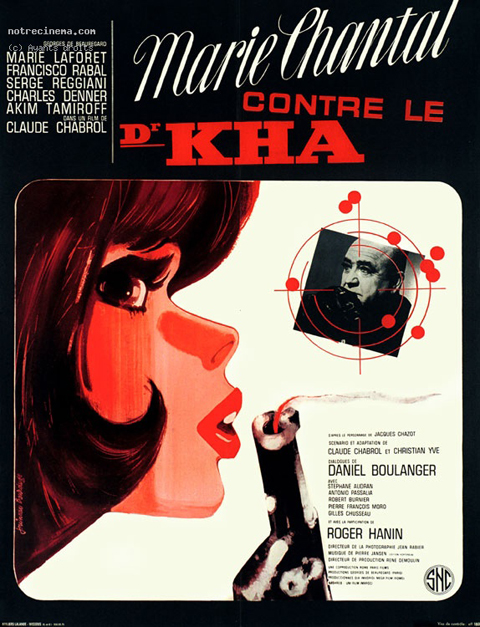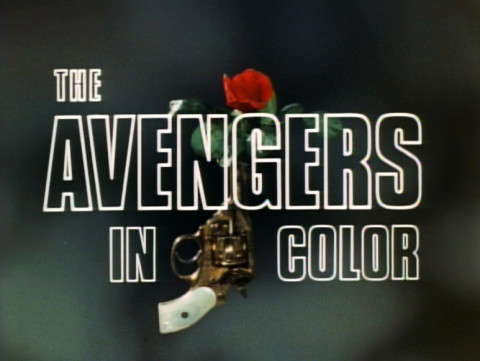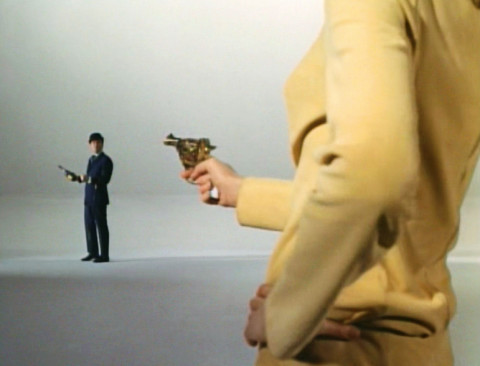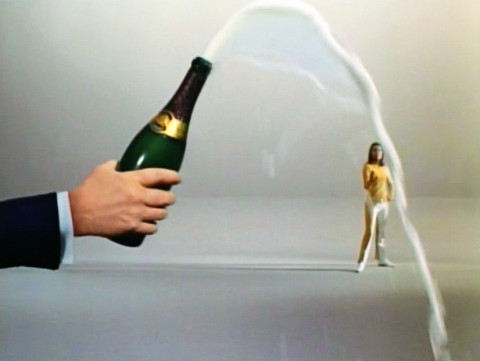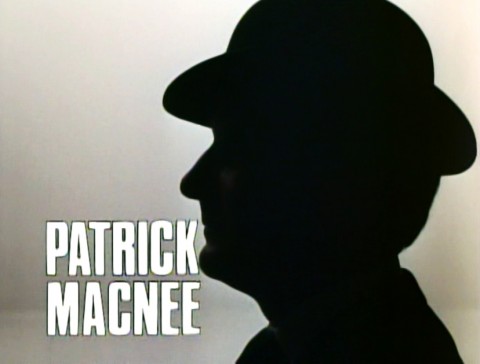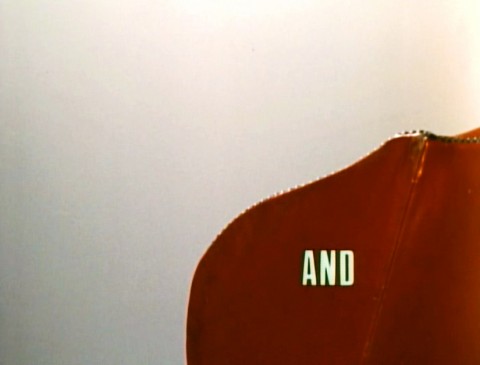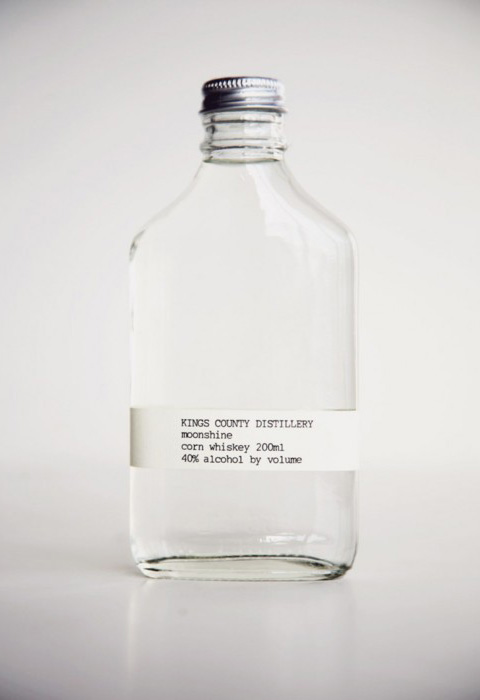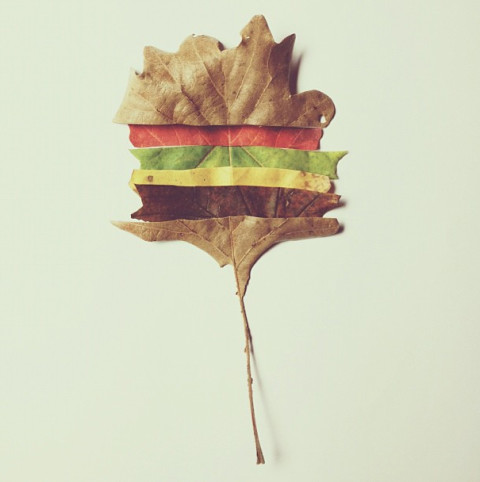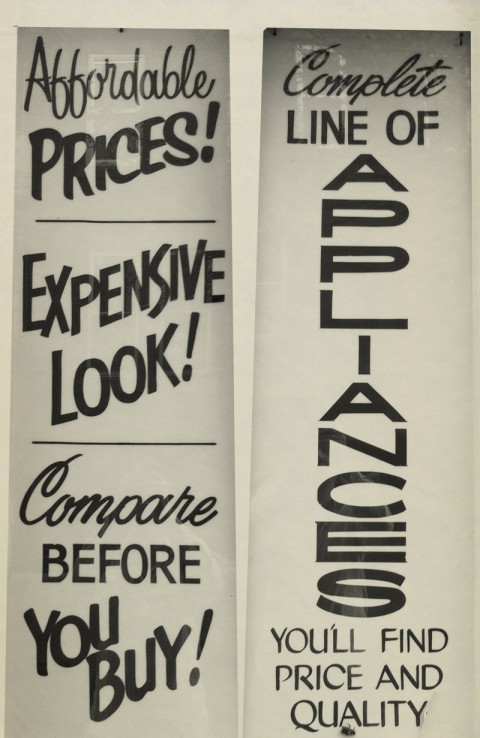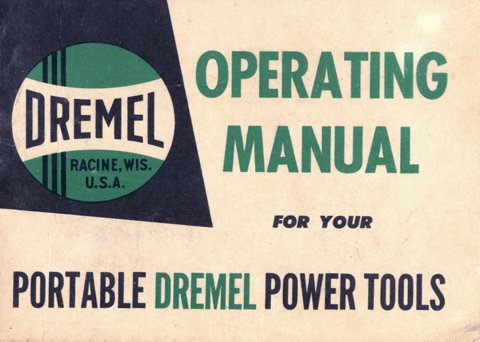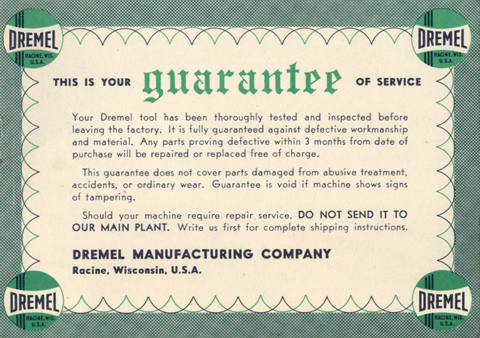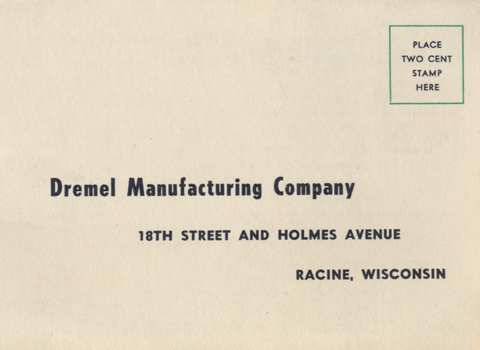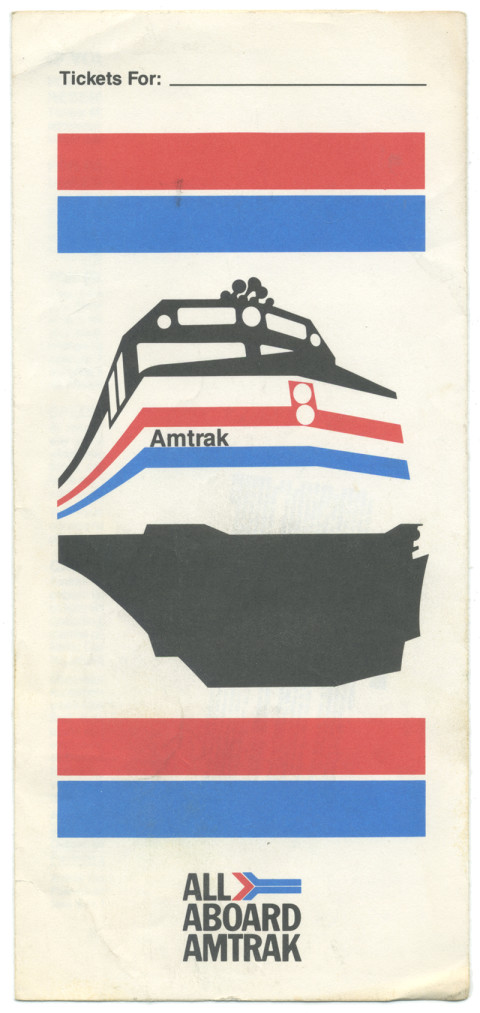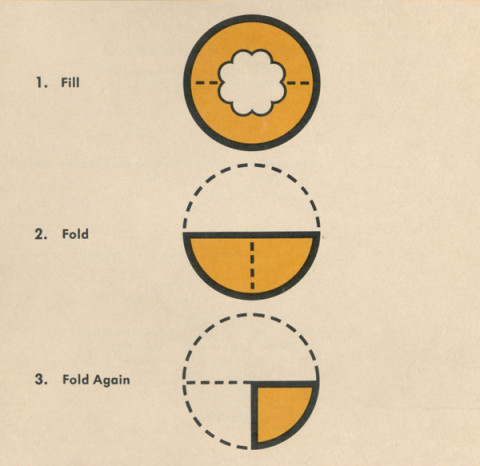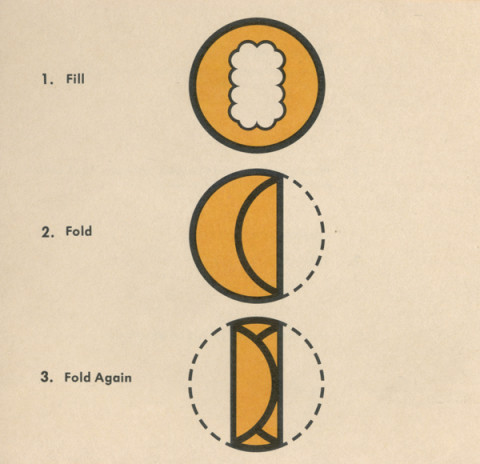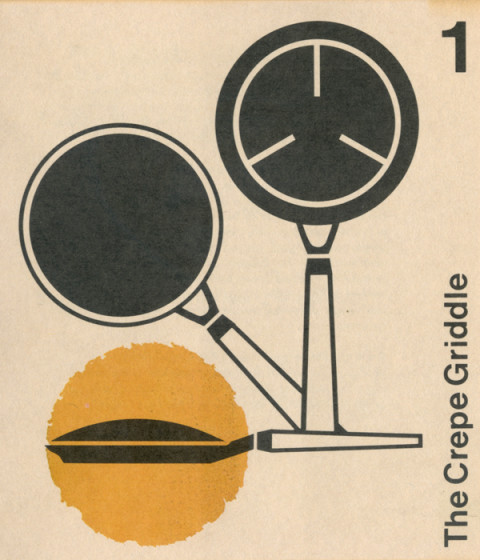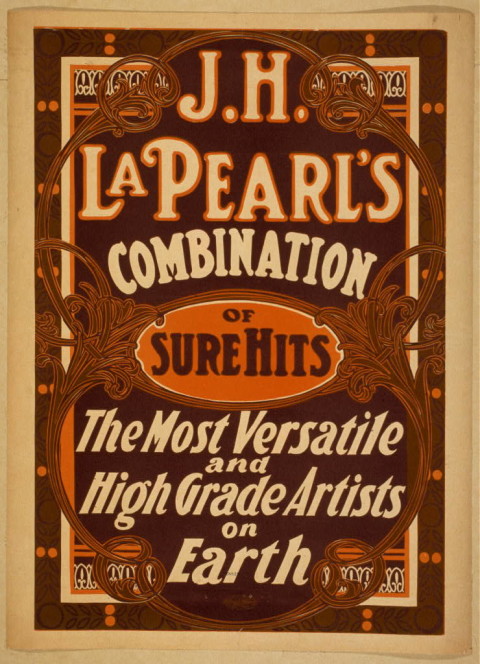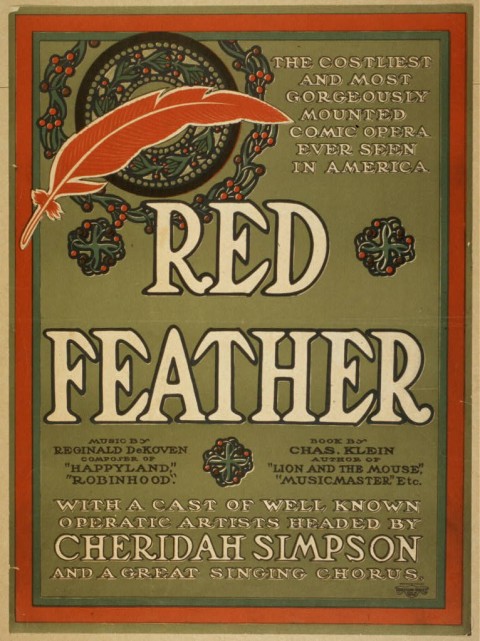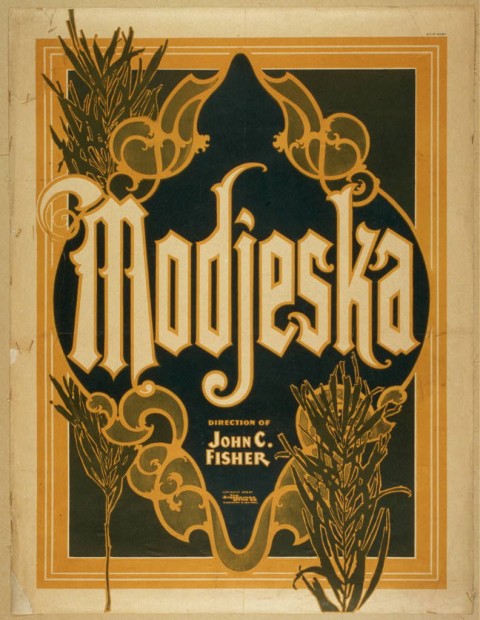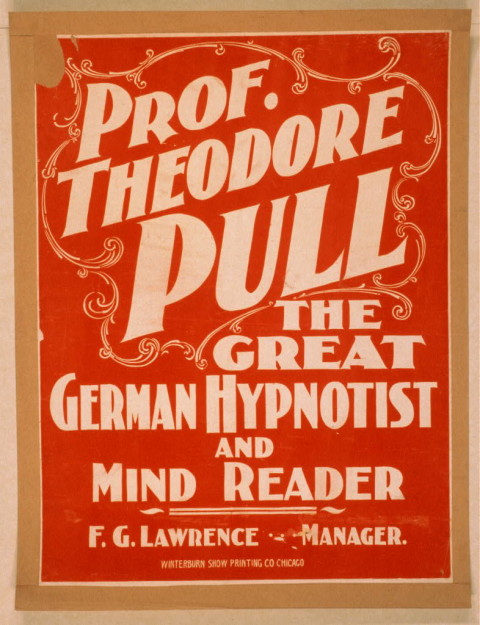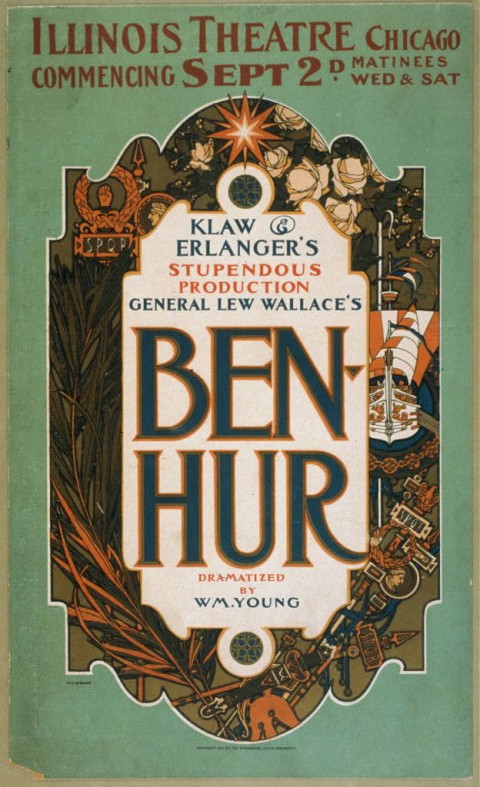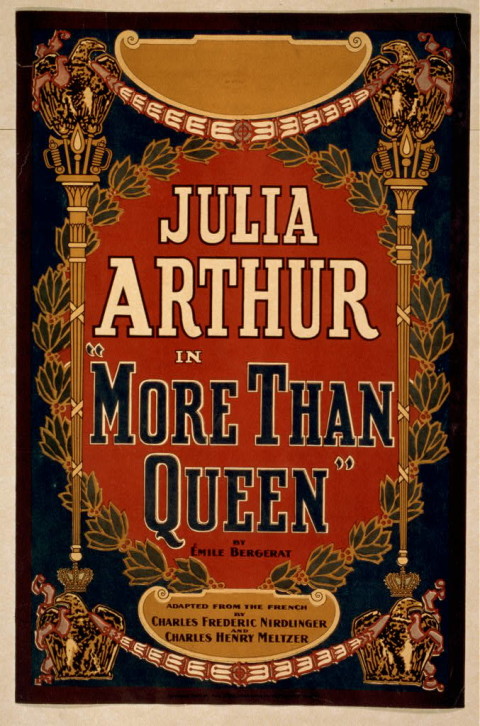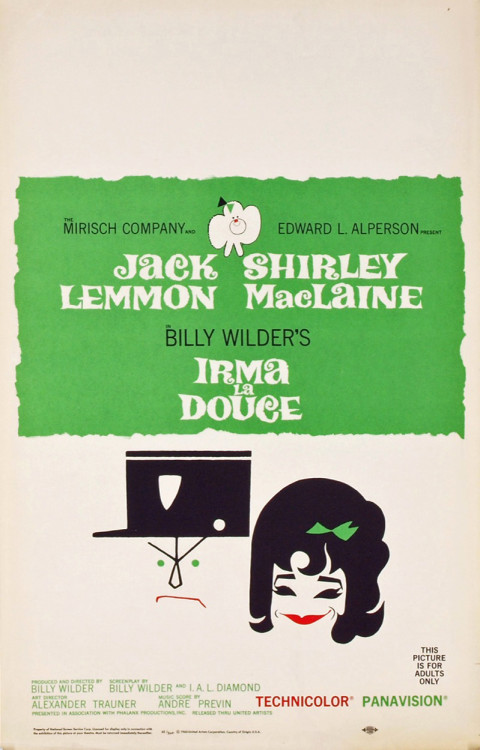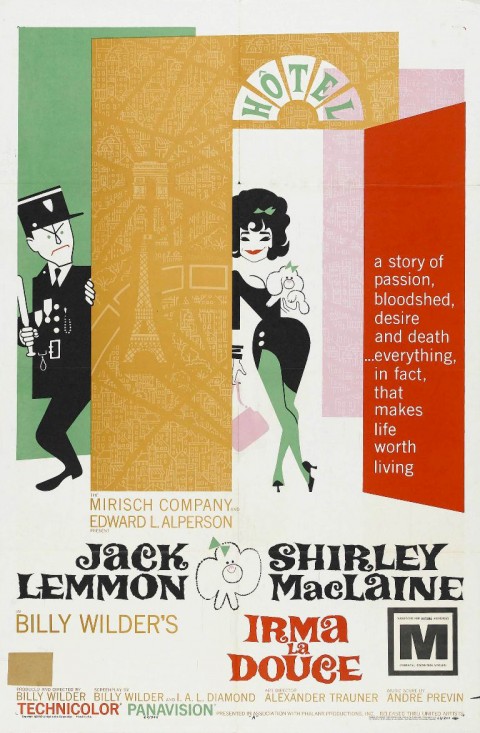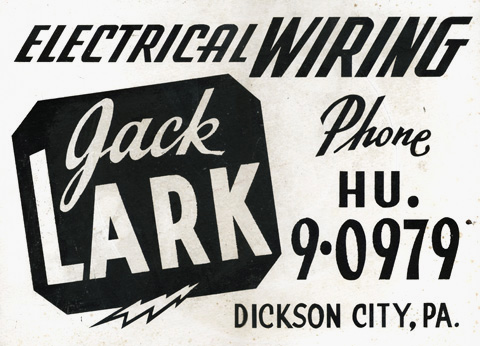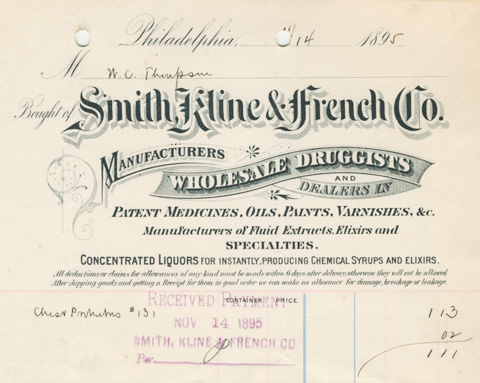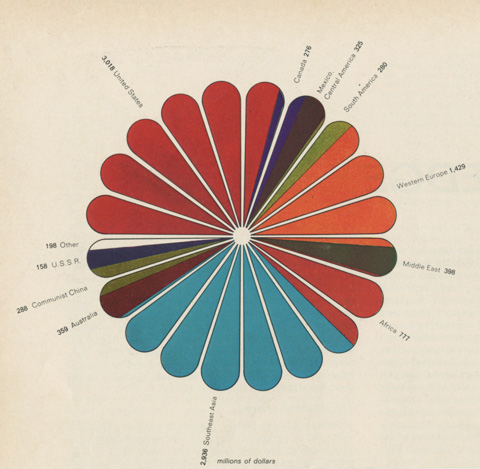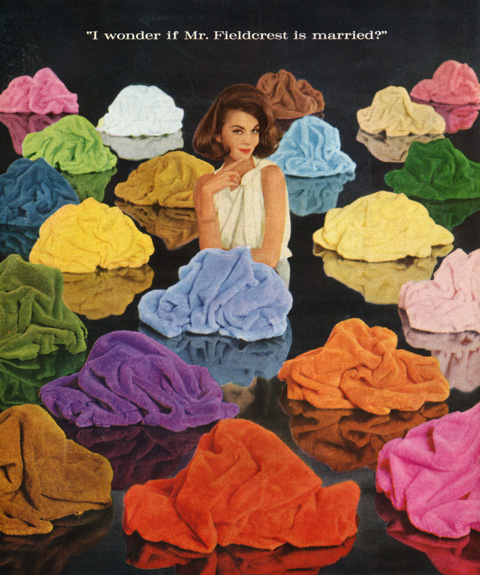
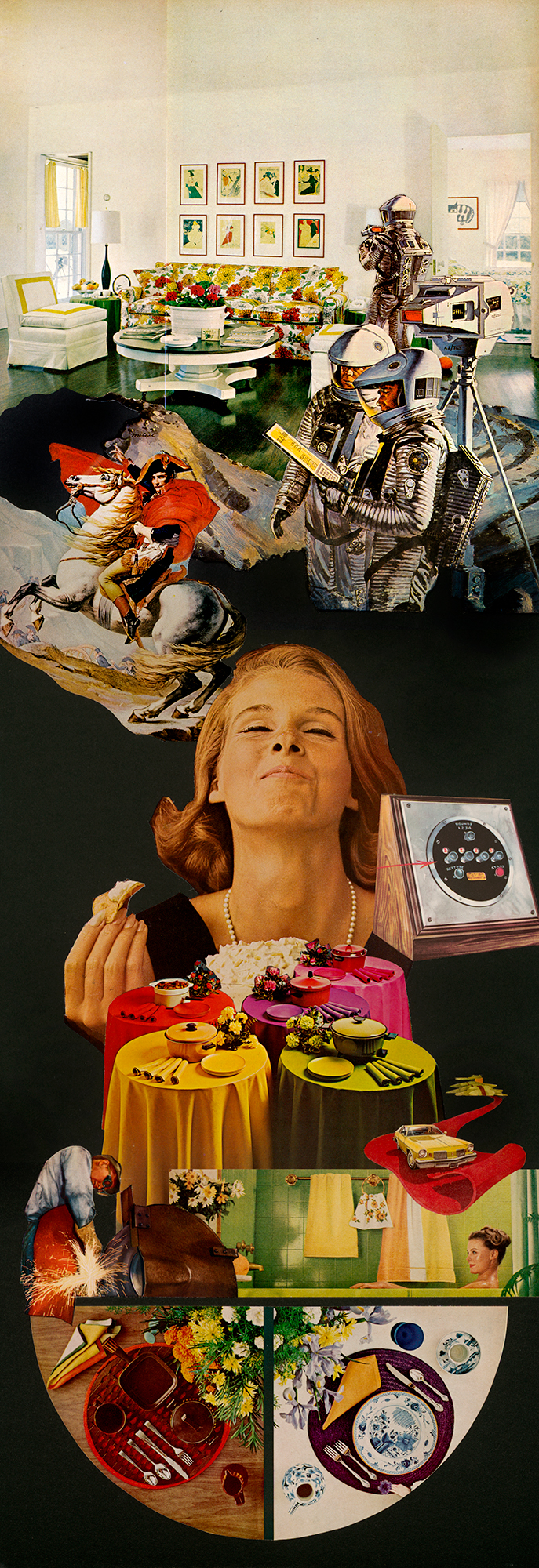
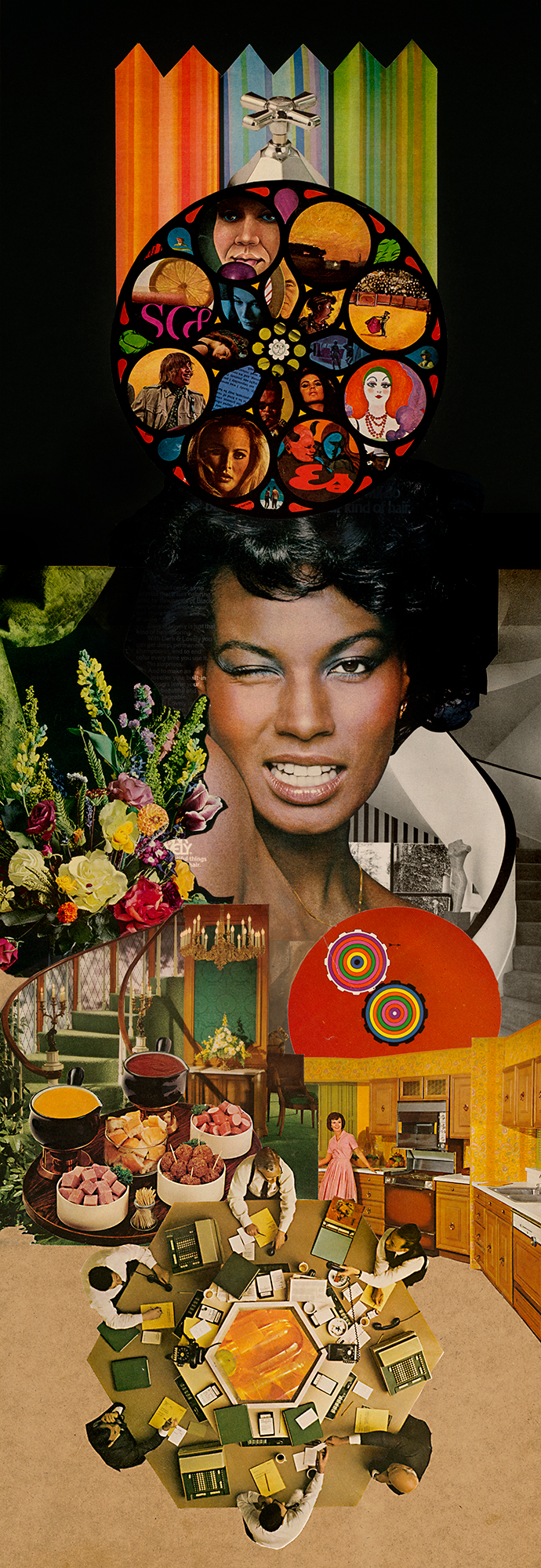 Last year I had the distinct pleasure of making these collages for the interior of HomeMakers Bar in Cincinnati. Each collage spotlights a different era – 50’s, 60’s, 70s, playfully subverting the traditional iconography of homemaking, cocktail culture, and swank entertaining. In the words of their inspired founders Julia Petiprin, Catherine Manabat, HomeMakers Bar is “a slightly retro, mostly modern cocktail bar that feels like a house party.” While I can only admire the delightful food and drink offerings virtually, I can say that the space and decor is a showstopper. It is, I think, hard to pull of something fresh in a “retro” mode and HomeMakers Bar has clearly emerged as a singular creative and culinary statement that easily transcends its original inspirations. (More interior images can be found on the portfolio page, here.)
Last year I had the distinct pleasure of making these collages for the interior of HomeMakers Bar in Cincinnati. Each collage spotlights a different era – 50’s, 60’s, 70s, playfully subverting the traditional iconography of homemaking, cocktail culture, and swank entertaining. In the words of their inspired founders Julia Petiprin, Catherine Manabat, HomeMakers Bar is “a slightly retro, mostly modern cocktail bar that feels like a house party.” While I can only admire the delightful food and drink offerings virtually, I can say that the space and decor is a showstopper. It is, I think, hard to pull of something fresh in a “retro” mode and HomeMakers Bar has clearly emerged as a singular creative and culinary statement that easily transcends its original inspirations. (More interior images can be found on the portfolio page, here.)
PLAGUE UPDATE: With considerable trepidation, I checked in on HomeMakers Bar recently and was ecstatic to see that they are rising to the moment with their signature verve and flair – sharing recipes, hosting cocktail hours, workshops, hangs, and general bonhomie. If you can support them in any way, do. Fucking bravo! hiltonbet
